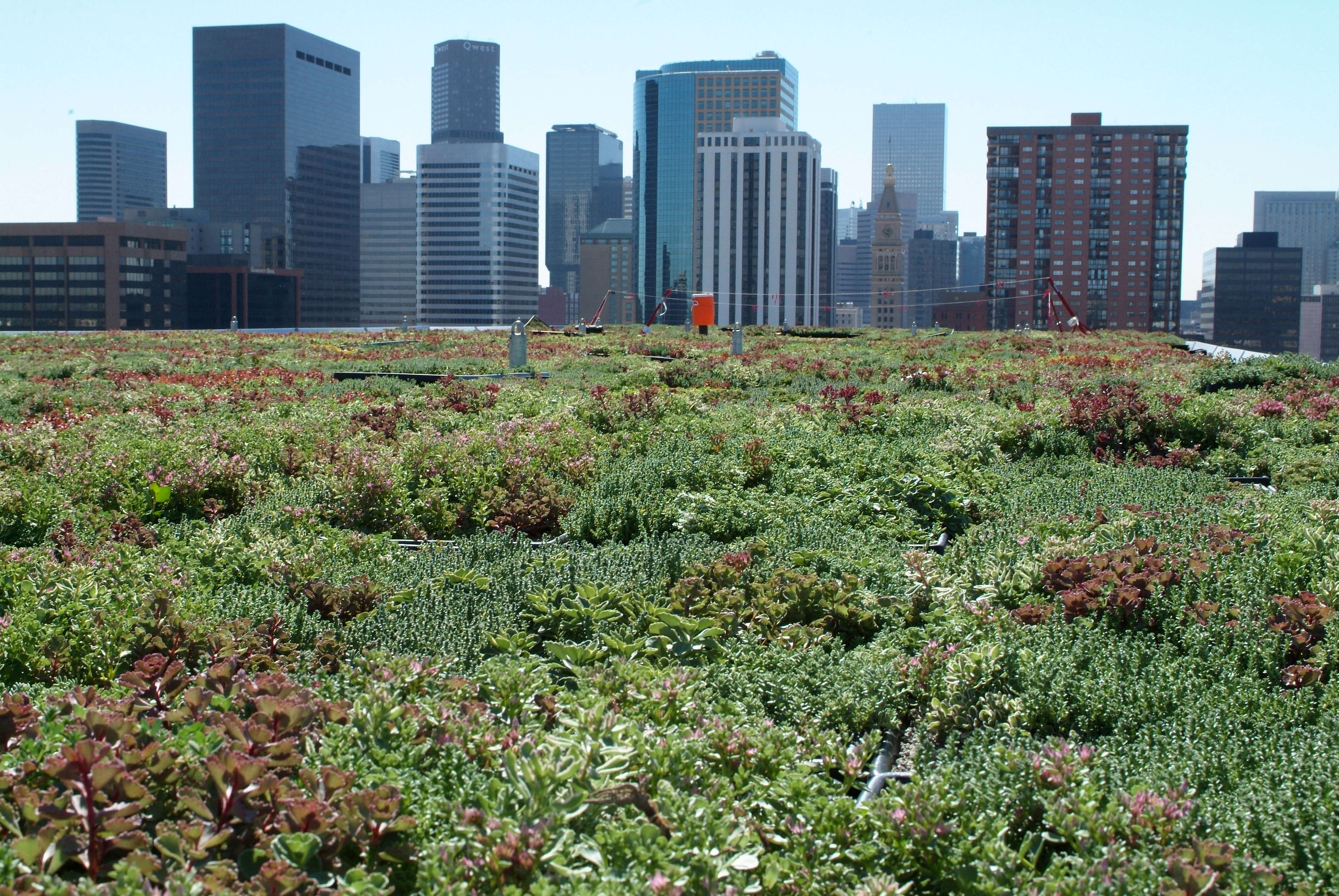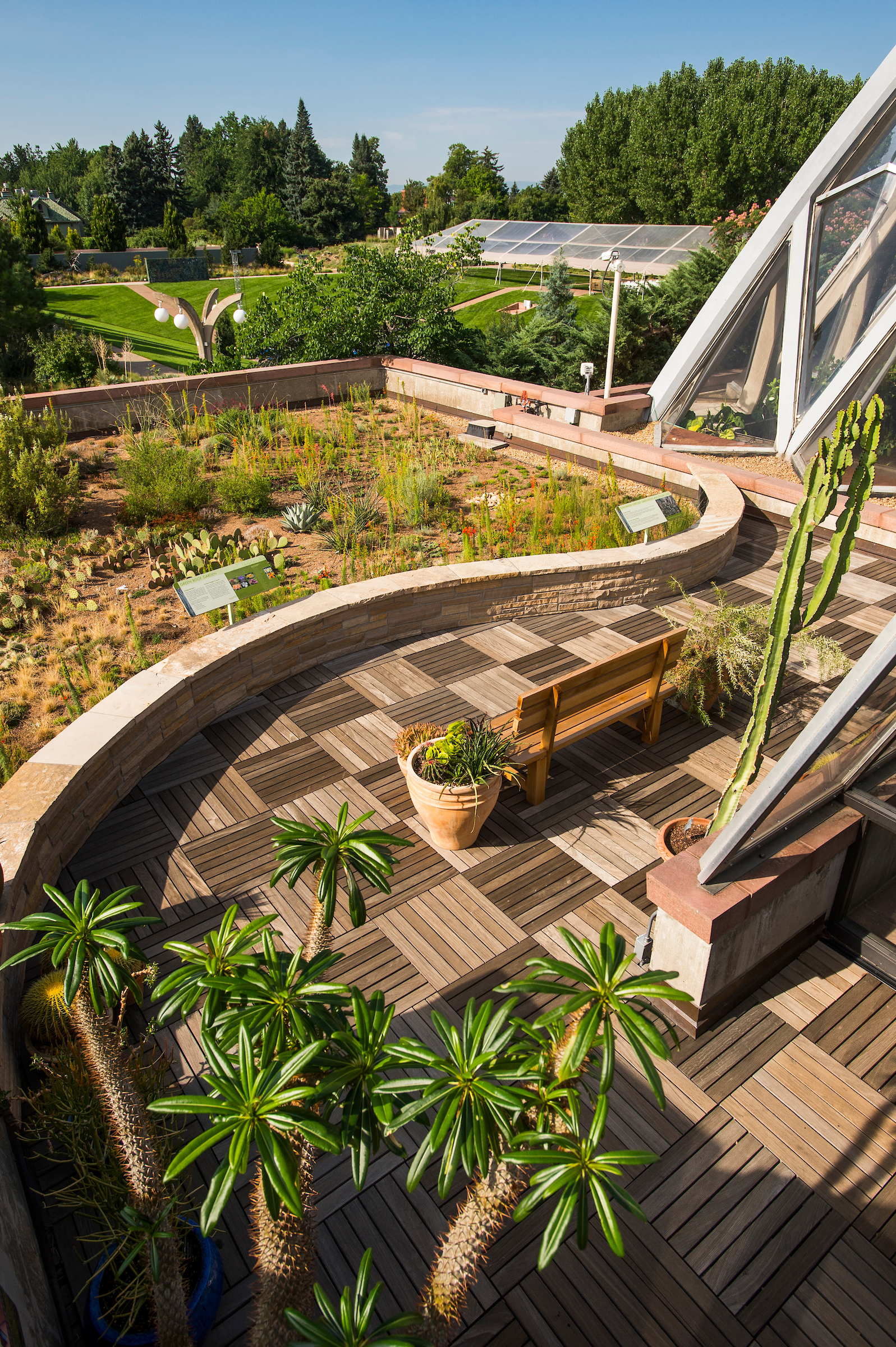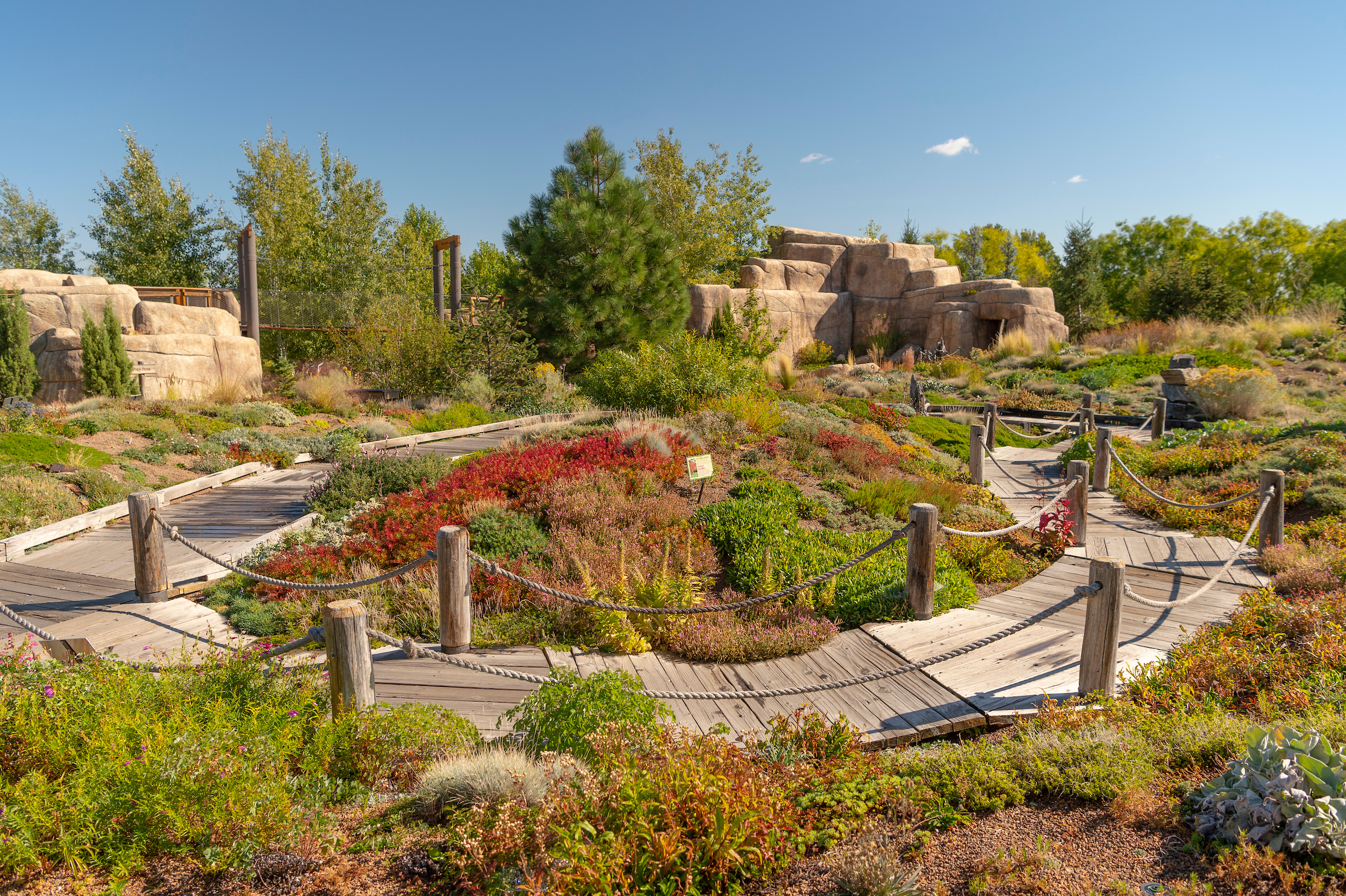
Revised ‘green roofs’ ordinance good news for Denver Water
Under a new green buildings law, more “green roofs” may be coming to Denver, and with them slightly higher demands for water.
But from Denver Water’s standpoint, a little more water may go a long way in benefits.
Denver voters in November 2017 approved a green roof ordinance. The main idea behind the voter-approved ordinance was to improve the local environment by creating green spaces atop buildings. Those green spaces keep buildings cooler, reduce energy use and reduce stormwater runoff.
Ultimately, the rooftop green spaces can cut the amount of heat generated by roads and buildings in the city, something called the “urban heat island effect” in which temperatures in a city are higher than the surrounding, more rural area.
In the year after voters approved the ordinance, and in an unusual display of civic cooperation, people on all sides of the issue — including its original proponents and strongest opponents — came together to refine the ordinance. The updated version, approved on Oct. 29 by Denver City Council, provides a wider array of options to achieve the desired environmental improvements.
“Denver is the first city in the semi-arid West to adopt green roof rules, and Denver Water sees a lot of potential for innovative water use and landscaping that fits our climate,” said Austin Krcmarik, a Denver Water planner who participated in a task force created to refine the ordinance.
“We may see a slight uptick in water use under the new ordinance, but in the long run that’s likely to be balanced with smarter ways of using water.”
Denver Water was initially concerned that the original ordinance could create significant new demands for water.
But the revised version complements the utility’s work to encourage water efficiency. It also fits with the “One Water” concept, which calls for linking the right water source to the right use.
“We very quickly learned that green roofs are a great fit in our system,” Krcmarik said.
The revised ordinance isn’t expected to have a big impact on Denver Water supplies; planners estimate it will eventually require about 310 acre-feet a year. One acre-foot of water can serve four residential households for a year.
That’s a big decline from the 577 acre-feet of water per year that was projected under the original ordinance. For context, that 577 acre-feet is less than one-third of one percent of Denver Water’s annual use.
Speaking to business leaders in November, Krcmarik said the task force “did a great job of meeting in the middle — the whole process was highly collaborative.”
Krcmarik said the new ordinance will have marginal impact on water use. But, he said, it’s expected to increase the use of drought-tolerant vegetation in the city and deepen the knowledge base among local landscape architect community about which plants are best suited to Denver’s climate.
“These are very hardy plants that use very little water,” he said.
The ordinance, retitled the “Green Buildings Ordinance,” could also lead to more opportunities to use alternative water supplies, as embraced by the One Water concept. Depending on the location, graywater, such as water from laundry machines and bathroom sinks, captured rainwater or water treated on-site could be used to irrigate plants in the lawns and landscapes.
The concepts behind the revised ordinance also aligns with other urban developments that are planning to use a One Water approach, such as the National Western Center site, the Sun Valley Eco District and Denver Water’s own redeveloped, 35-acre operations complex.



